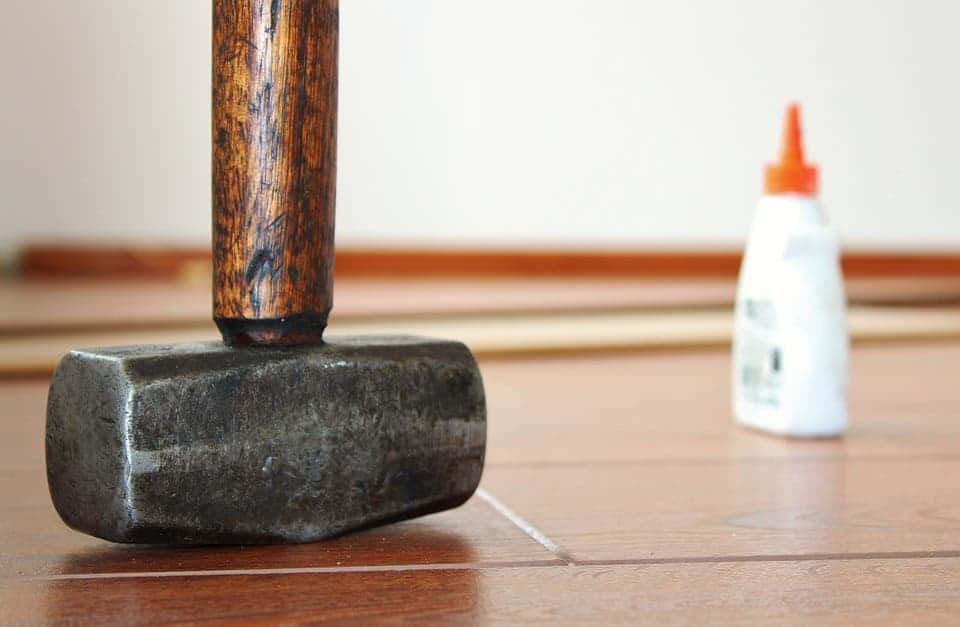Archaeologists have uncovered one of the oldest known examples of ancient humans using an adhesive.

The study focused on two Italian caves that were inhabited by Neanderthals from about 55 to 40 thousand years ago. These people used tree resin to secure stone tools to shafts — a technological advance called “hafting” which revolutionized tool use. Members of the group would travel long distances from their caves to collect pine tree resin and then melt and apply it to glue stone tools to handles of wood or bone.
Sticky matters
“We continue to find evidence that the Neanderthals were not inferior primitives but were quite capable of doing things that have traditionally only been attributed to modern humans,” says Paola Villa, corresponding author of the new study and an adjoint curator at the University of Colorado Museum of Natural History.
The findings pool into a growing body of evidence suggesting that, far from being uncouth brutes, the Neanderthals were actually quite clever and ingenious. That insight comes from a chance discovery at Grotta del Fossellone and Grotta di Sant’Agostino, a pair of caves near the beaches of Italy’s west coast.
During the Middle Paleolithic (stone age) period, some thousands of years before modern humans set foot in Europe, these caves were inhabited by Neanderthals. Over 1,000 stone tools have been recovered from the two sites, including flint pieces that measured not much more than an inch or two from end to end. As they were studying these diminutive tools, Villa and her colleagues noticed a strange residue on a handful of them. These bits of material appeared to be organic in nature, which piqued the researchers’ curiosity.
“Sometimes that material is just inorganic sediment, and sometimes it’s the traces of the adhesive used to keep the tool in its socket” Villa said.
To find out, they carried out a chemical analysis of 10 flint pieces using gas chromatography/mass spectrometry — a technique that, basically, tells you the chemical make-up of a sample. The results suggest that the tools had been coated in resin taken from pine trees in the region; in one case, that resin had also been mixed with beeswax. Villa explains that, while most stone tools at this time were still hand-held, the Neanderthals in these caves did in some cases attach them to handles. This gave them better purchase for tasks such as butchering, scraping leather, or sharpening wooden spears.
This isn’t the oldest known evidence of European Neanderthals employing hafting, but it does suggest that the technique was more widespread than previously assumed. The findings also suggest that Neanderthals knew how to make fire and were able to start one whenever they wanted, just like their modern humans — something that scientists have long debated. She said that pine resin dries when exposed to air. As a result, Neanderthals needed to warm it over a small fired to make an effective glue.
“This is one of several proofs that strongly indicate that Neanderthals were capable of making fire whenever they needed it,” Villa said.
The paper “Hafting of Middle Paleolithic tools in Latium (central Italy): New data from Fossellone and Sant’Agostino caves” has been published in the journal PLOS ONE.






